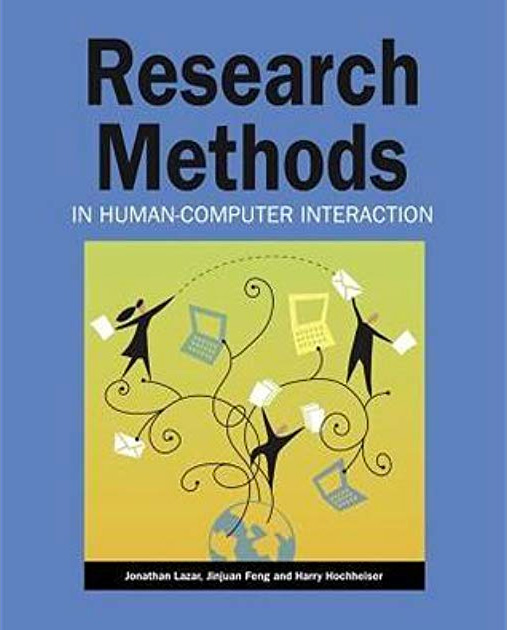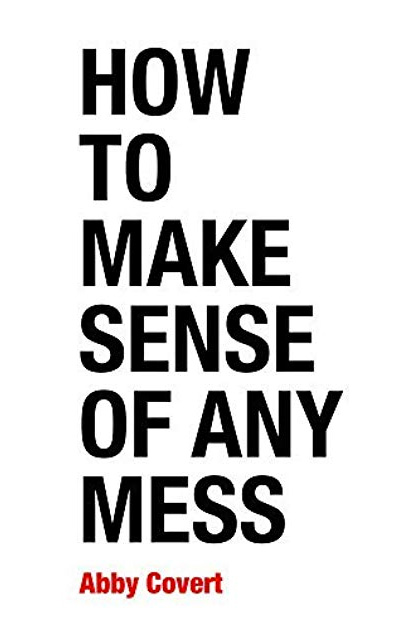Co-authored by Brandon Dorn, UX designer at Viget.As user experience designers, making sure that websites and tools are usable is a critical component of our work, and conducting user research enables us to assess whether we’re achieving that goal or not. Even if we want to incorporate research, however, certain constraints may stand in our way.
A few years ago, we realized that we were facing this issue at Viget, a digital design agency, and we decided to make an effort to prioritize user research. Almost two years ago, we shared initial thoughts on our progress in this blog post. We’ve continued to learn and grow as researchers since then and hope that what we’ve learned along the way can help your clients and coworkers understand the value of research and become better practitioners. Below are some of those lessons.
Make research a priority for your organization
Before you can do more research, it needs to be prioritized across your entire organization — not just within your design team. To that end, you should:
- Know what you’re trying to achieve. By defining specific goals, you can share a clear message with the broader organization about what you’re after, how you can achieve those goals, and how you will measure success. At Viget, we shared our research goals with everyone at the company. In addition, we talked to the business development and project management teams in more depth about specific ways that they could help us achieve our goals, since they have the greatest impact on our ability to do more research.
- Track your progress. Once you’ve made research a priority, make sure to review your goals on an ongoing basis to ensure that you’re making progress and share your findings with the organization. Six months after the research group at Viget started working on our goals, we held a retrospective to figure out what was working — and what wasn’t.
- Adjust your approach as needed. You won’t achieve your goals overnight. As you put different tactics into action, adjust your approach if something isn’t helping you achieve your goals. Be willing to experiment and don’t feel bad if a specific tactic isn’t successful.
Educate your colleagues and clients
If you want people within your organization to get excited about doing more research, they need to understand what research means. To educate your colleagues and clients, you should:
- Explain the fundamentals of research. If someone has not conducted research before, they may not be familiar or feel comfortable with the vernacular. Provide an overview of the fundamental terminology to establish a basic level of understanding. In a blog post, Speaking the Same Language About Research, we outline how we established a common vocabulary at Viget.
- Help others understand the landscape of research methods. As designers, we feel comfortable talking about different methodologies and forget that that information will be new to many people. Look for opportunities to increase understanding by sharing your knowledge. At Viget, we make this happen in several ways. Internally, we give presentations to the company, organize group viewing sessions for webinars about user research, and lead focused workshops to help people put new skills into practice. Externally, we talk about our services and share knowledge through our blog posts. We are even hosting a webinar about conducting user interviews in November and we'd love for you to join us.
- Incorporate others into the research process. Don't just tell people what research is and why it's important — show them. Look for opportunities to bring more people into the research process. Invite people to observe sessions so they can experience research firsthand or have them take on the role of the notetaker. Another simple way to make people feel involved is to share findings on an ongoing basis rather than providing a report at the end of the process.
Broaden your perspective while refining your skill set
Our commitment to testing assumptions led us to challenge ourselves to do research on every project. While we're dogmatic about this goal, we're decidedly un-dogmatic about the form our research takes from one project to another. To pursue this goal, we seek to:
- Expand our understanding. To instill a culture of research at Viget, we've found it necessary to question our assumptions about what research looks like. Books like Erika Hall’s Just Enough Research teach us the range of possible approaches for getting useful user input at any stage of a project, and at any scale. Reflect on any methodological biases that have become well-worn paths in your approach to research. Maybe your organization is meticulous about metrics and quantitative data, and could benefit from a series of qualitative studies. Maybe you have plenty of anecdotal and qualitative evidence about your product that could be better grounded in objective analysis. Aim to establish a balanced perspective on your product through a diverse set of research lenses, filling in gaps as you learn about new approaches.
- Adjust our approach to project constraints. We've found that the only way to consistently incorporate research in our work is to adjust our approach to the context and constraints of any given project. Client expectations, project type, business goals, timelines, budget, and access to participants all influence the type, frequency, and output of our research. Iterative prototype testing of an email editor, for example, looks very different than post-launch qualitative studies for an editorial website. While some projects are research-intensive, short studies can also be worthwhile.
- Reflect on successes and shortcomings. We have a longstanding practice of holding post-project team retrospectives to reflect on and document lessons for future work. Research has naturally come up in these conversations, and many of the things we've discussed you're reading right now. As an agency with a diverse set of clients, it's been important for us to understand what types of research work for what types of clients, and when. Make sure to take time to ask these questions after projects. Mid-project retrospectives can be beneficial, especially on long engagements, yet it's hard to see the forest when you're in the weeds.
Streamline qualitative research processes 🚄
Learning to be more efficient at planning, conducting, and analyzing research has helped us overturn the idea that some projects merit research while others don't. Remote moderated usability tests are one of our preferred methods, yet, in our experience, the biggest obstacle to incorporating these tests isn't the actual moderating or analyzing, but the overhead of acquiring and scheduling participants. While some agencies contract out the work of recruiting, we've found it less expensive and more reliable to collaborate with our clients to find the right people for our tests. That said, here are some recommendations for holding efficient qualitative tests:
- Know your tools ahead of time. We use a number of tools to plan, schedule, annotate, and analyze qualitative tests (we're inveterate spreadsheet users). Learn your tools beforehand, especially if you're trying something new. Tools should fade into the background during tests, which Reframer does nicely.
- Establish a recruiting process. When working with clients to find participants, we'll often provide an email template tailored to the project for them to send to existing or potential users of their product. This introductory email will contain a screener that asks a few project-related demographic or usage questions, and provides us with participant email addresses which we use to follow-up with a link to a scheduling tool. Once this process is established, the project manager will ensure that the UX designer on the team has a regular flow of participants. The recruiting process doesn't take care of itself – participants cancel, or reschedule, or sometimes don't respond at all – yet establishing an approach ahead of time allows you, the researcher, to focus on the research in the midst of the project.
- Start recruiting early. Don't wait until you've finished writing a testing script to begin recruiting participants. Once you determine the aim and focal points of your study, recruit accordingly. Scripts can be revised and approved in the meantime.
Be proactive about making research happen 🤸
As a generalist design agency, we work with clients whose industries and products vary significantly. While some clients come to us with clear research priorities in mind, others treat it as an afterthought. Rare, however, is the client who is actively opposed to researching their product. More often than not, budget and timelines are the limiting factors. So we try not to make research an ordeal, but instead treat it as part of our normal process even if a client hasn't explicitly asked for it. Common-sense perspectives like Jakob Nielsen’s classic “Discount Usability for the Web” remind us that some research is always better than none, and that some can still be meaningfully pursued. We aren’t pushy about research, of course, but instead try to find a way to make it happen when it isn't a definite priority.
World Usability Day is coming up on November 9, so now is a great time to stop and reflect on how you approach research and to brainstorm ways to improve your process. The tips above reflect some of the lessons we’ve learned at Viget as we’ve tried to improve our own process. We’d love to hear about approaches you’ve used as well.













